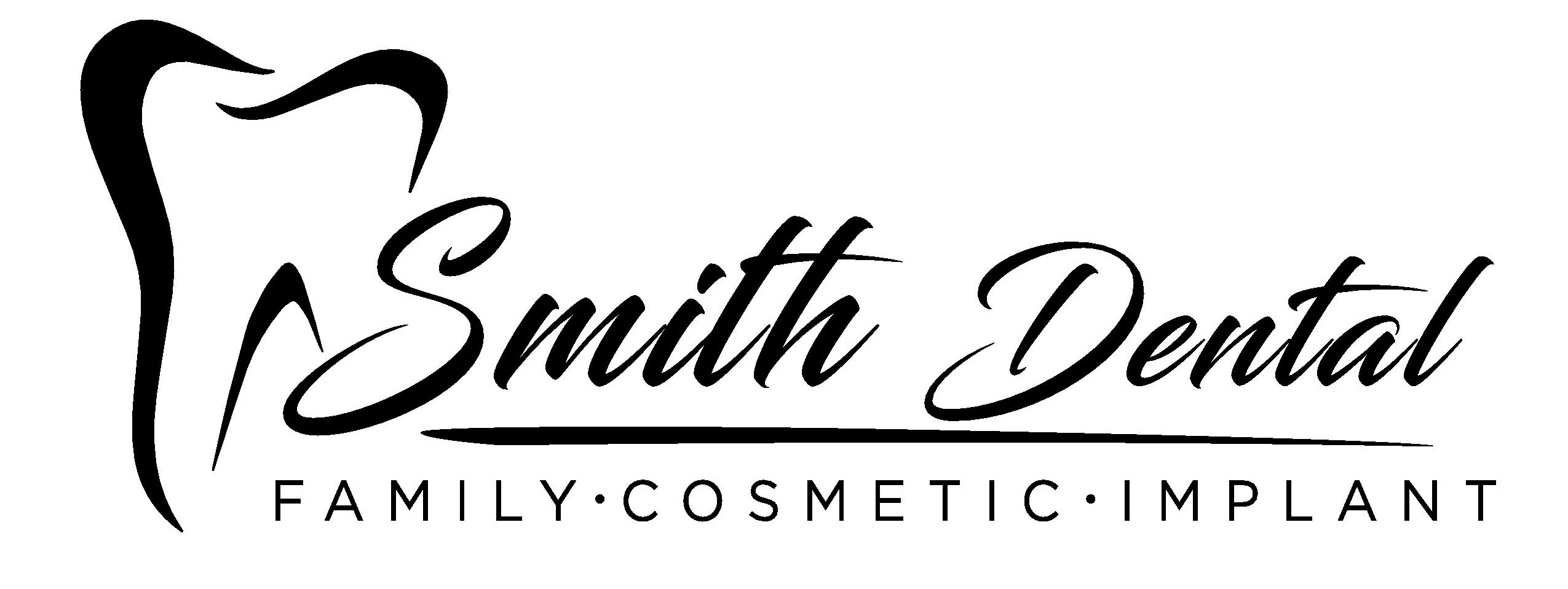 Braces are applied to teeth for various reasons, including poorly aligned jaws, crooked, crowded and missing teeth, bad bite (also called malocclusion) or to improve overall esthetics of your smile
Braces are applied to teeth for various reasons, including poorly aligned jaws, crooked, crowded and missing teeth, bad bite (also called malocclusion) or to improve overall esthetics of your smile
About Braces
Orthodontics is a field of dentistry that deals with corrections involving jaw and teeth alignment.
Braces employ the use of wires and are usually one of three types:
- Old-fashioned, conventional braces, which employ the use of metal strips, or bands.
- Metal or plastic brackets that are cemented or bonded to teeth.
- Clear aligners, Invisalign
 Orthodontic procedures, also called orthodontia, are complex processes.
Orthodontic procedures, also called orthodontia, are complex processes.
In most cases, a dentist will need to make a plaster cast of the individual’s teeth and perform full X-rays of the head and mouth.
After orthodontic appliances are placed, they need to be adjusted from time to time to ensure that they continue to move the teeth into their correct position.
Retainers are used following braces to ensure that teeth remain in position.
Aesthetic and Comfort Issues
Advances in technology have vastly improved appearance issues with orthodontia.
Braces today are made from extremely lightweight and natural-colored materials. The materials that braces attach to-brackets-are bonded to the surfaces of teeth but can be later removed.
People can expect to wear braces for about two years—less or more in some cases.
Because orthodontic appliances need to be adjusted from time to time to ensure they continue to move the teeth into their correct position, they can create pressure on the teeth and jaws. This mild discomfort usually subsides following each orthodontia adjustment.
